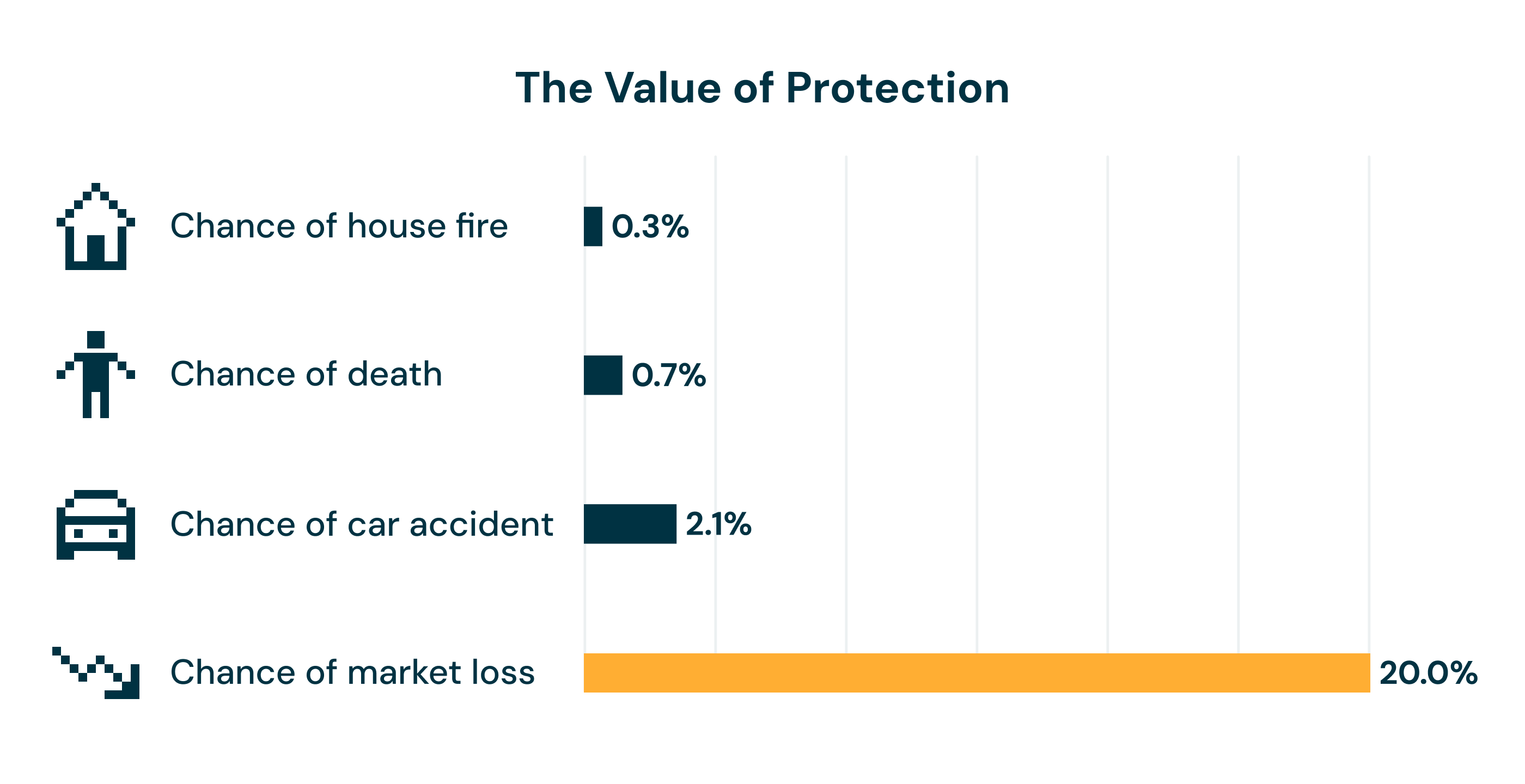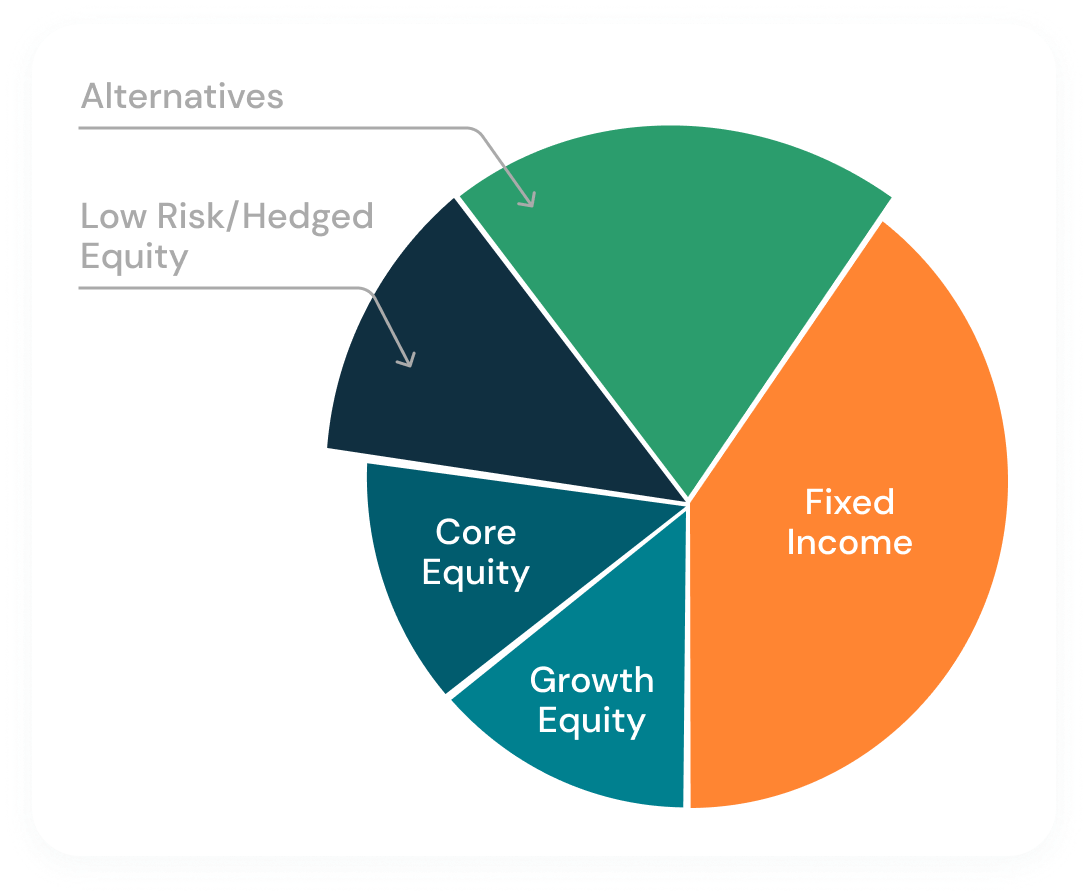The strategy is available in:
- buffer ETFs (also known as “defined outcome ETFs” or “Target Outcome ETFs®”)
- buffered notes
- buffered annuities (also known as “Registered Index-Linked Annuities”)
- buffer mutual funds
- buffer UITs (unit investment trusts)
- buffer CITs (collective investment trusts)
This 2-minute video is an example of how the Target Buffer Strategy works, in point-to-point and laddered products.
This guide provides an in-depth discussion of the Target Buffer Strategy:
how it works, how it’s built, and where it can fit in the portfolio, along with tools for combining Target Buffer Strategies to achieve specific objectives, and more.




